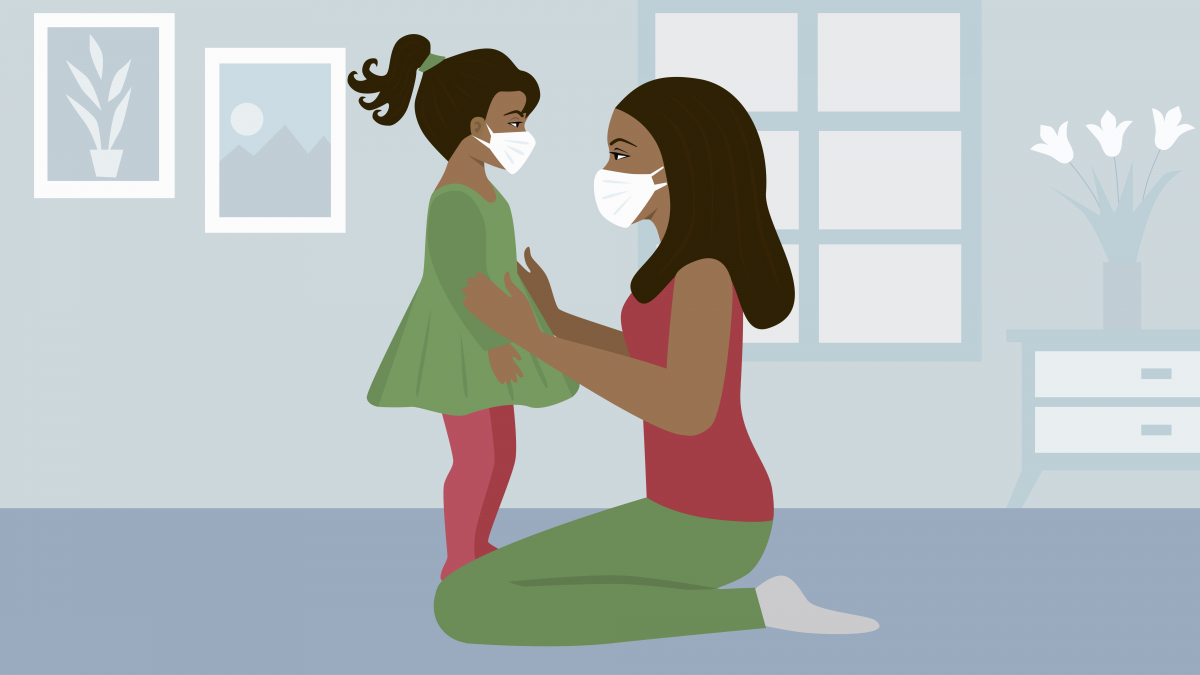
As the COVID-19 pandemic drags on, it may feel like we're still dealing with many of the same struggles and uncertainties we were facing two years ago. But plenty has changed — including our understanding of the impact of the virus on kids.
On this episode of School’s In, Yvonne Maldonado, MD, a professor of pediatric infectious diseases and of health research and policy at Stanford Medicine, joins Stanford Graduate School of Education Dean Dan Schwartz and Senior Lecturer Denise Pope to talk about the latest on COVID-19 and children.
Misconceptions abound, in part because of early beliefs about how the virus spread, Maldonado says. Even at the federal level, “people [were] saying that (a) children don't get infected, (b) children don't get sick if they get infected, and finally, that children don't transmit it to others,” she says. “Those are all things that do happen. Somehow in this country and in the western world, people just discounted the pediatric component. Even today, I still hear from people who don't think kids get infected or sick.”
Children also appear to be susceptible to long-term symptoms after an infection, the phenomenon known as long COVID. “What we don't know is what that looks like, how many kids get it and how long it's going to last, because obviously we're only two years in here — we don't know,” she says. “But we do think that kids can have symptoms even three, six, eight months after their primary infection that primarily seem to be neurologic or developmental.”
Vaccination rates for children ages 5–11 have fallen short of expectations, Maldonado says. “The vaccine was approved under emergency use for 5- to 11-year-olds the first week of November, and we saw 10 percent or 2.8 million kids come in to get vaccinated that first week or two,” she said. But after that, “the numbers just kind of flattened out.”
For parents fearful of sending young ones to school during the pandemic, Maldonado points to large-scale studies of school districts showing fewer outbreaks where mask and distancing measures are in place. “We’re hearing, unfortunately, from some people who claim to be infectious disease experts and epidemiologists that masks have not been proven to work, and that’s absolutely false,” she says. “We know that masks work, and we have the data to prove it.”
You can listen to School's In on SiriusXM, Apple Podcasts, Google Podcasts, Spotify, Stitcher and Soundcloud.
Subscribe to our monthly newsletter.